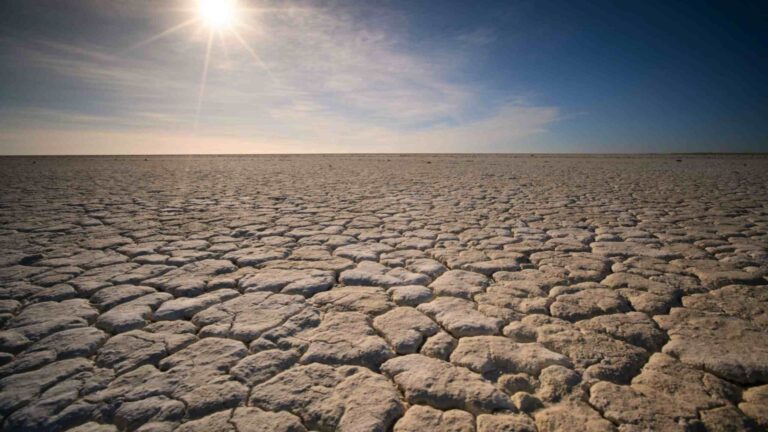Drought has been a dramatic feature of early 2023 for many areas of Europe. We are therefore facing a condition of extreme water crisis at a dangerously early stage. As the scientific community has repeatedly emphasised, phenomena of this kind will become increasingly frequent in the coming years. But that is not all. In addition to long-term droughts such as the one we are currently experiencing, so-called ‘flash droughts’ will also become increasingly frequent. What are they, and what are they caused by?
Table of Contents
What is flash drought
Flash drought is defined by a study published a few days ago in the journal Science, conducted by the Nanjing University of Information Science and Technology in China. As is well known, droughts are normally caused by the absence of precipitation for a long period of time.
In the case of flash droughts, however, there is another dominant factor. Namely high air temperatures. The result is precisely flash droughts, i.e. phenomena characterised by a shorter duration, but which arrive quite suddenly, with a higher degree of danger.
Simplifying as much as possible, one could look at flash droughts as the counterpart of the sudden weather phenomena that lead to the increasingly frequent, highly destructive flash floods.
How does high air temperature trigger such a process? A warm air mass sucks moisture out of the ground, thus creating a situation similar to that of a traditional drought. However, this happens without warning, and in a short time.
Read also: Global warming: what is the key to living on a warmer planet
Which regions are most exposed
In order to study the extent and consequences of flash droughts, the researchers looked at ‘historical’ soil moisture data for the period between 1951 and 2014.
From this information base, they were able to see the increase in the frequency as well as the rapidity of the occurrence of flash droughts, which took place in at least 74% of the areas examined.
Among the regions most exposed to heat waves are northern Asia and southern Australia. While Europe is among the areas where flash droughts are becoming increasingly frequent.
And while it is not always easy to find a direct connection between ‘traditional’ drought phenomena and anthropogenic climate change, in the case of flash droughts the relationship seems clear. The role of anthropogenic global warming would play a key role here.
Faced with a situation of this kind, the need to reduce pollution is once again apparent. But that is not all. The scholars emphasise the importance of putting in place early warning systems. Thus improving the management of the risk associated with these sudden phenomena.
Read also: Modifying the weather: what is cloud seeding and what are its effects












